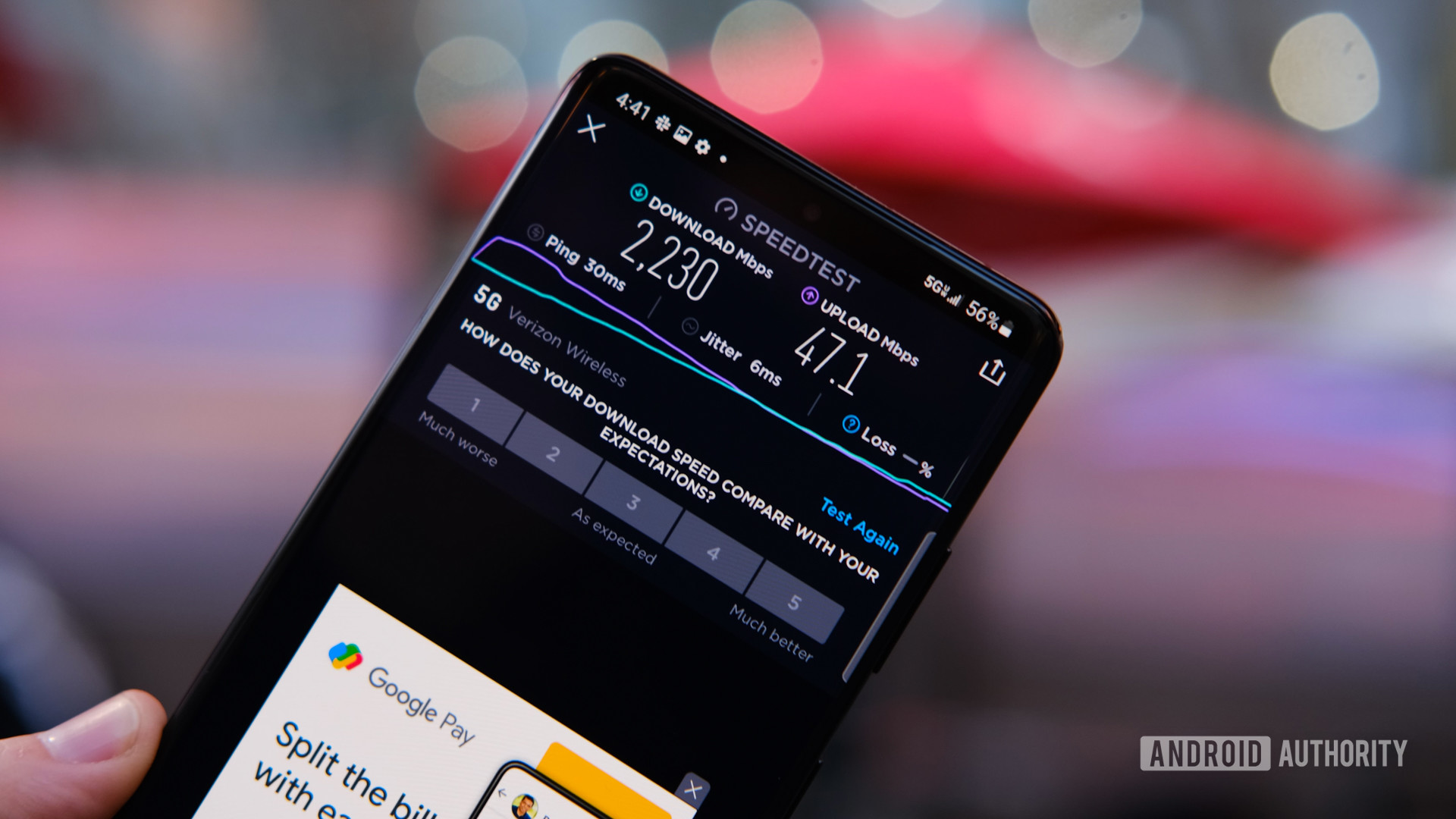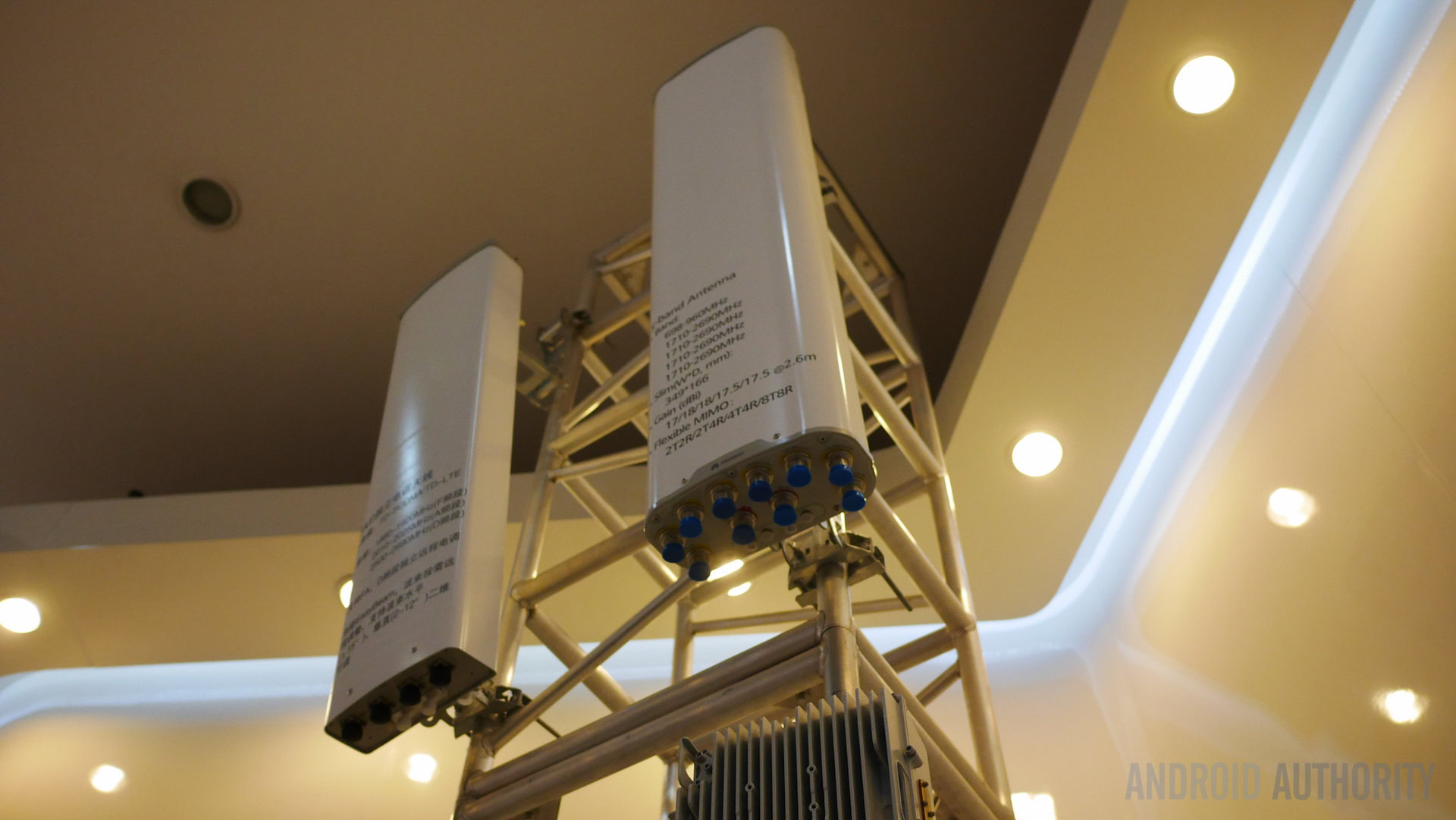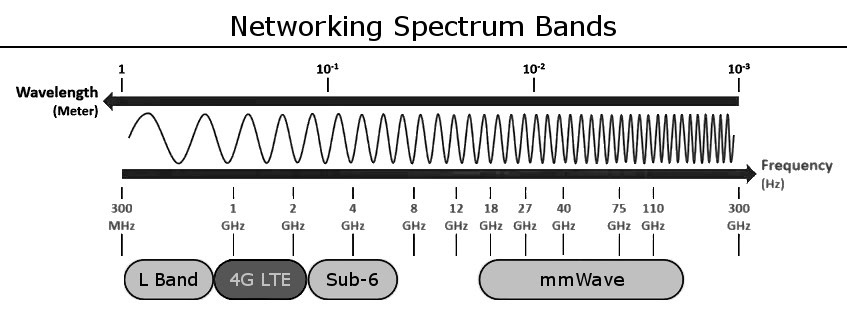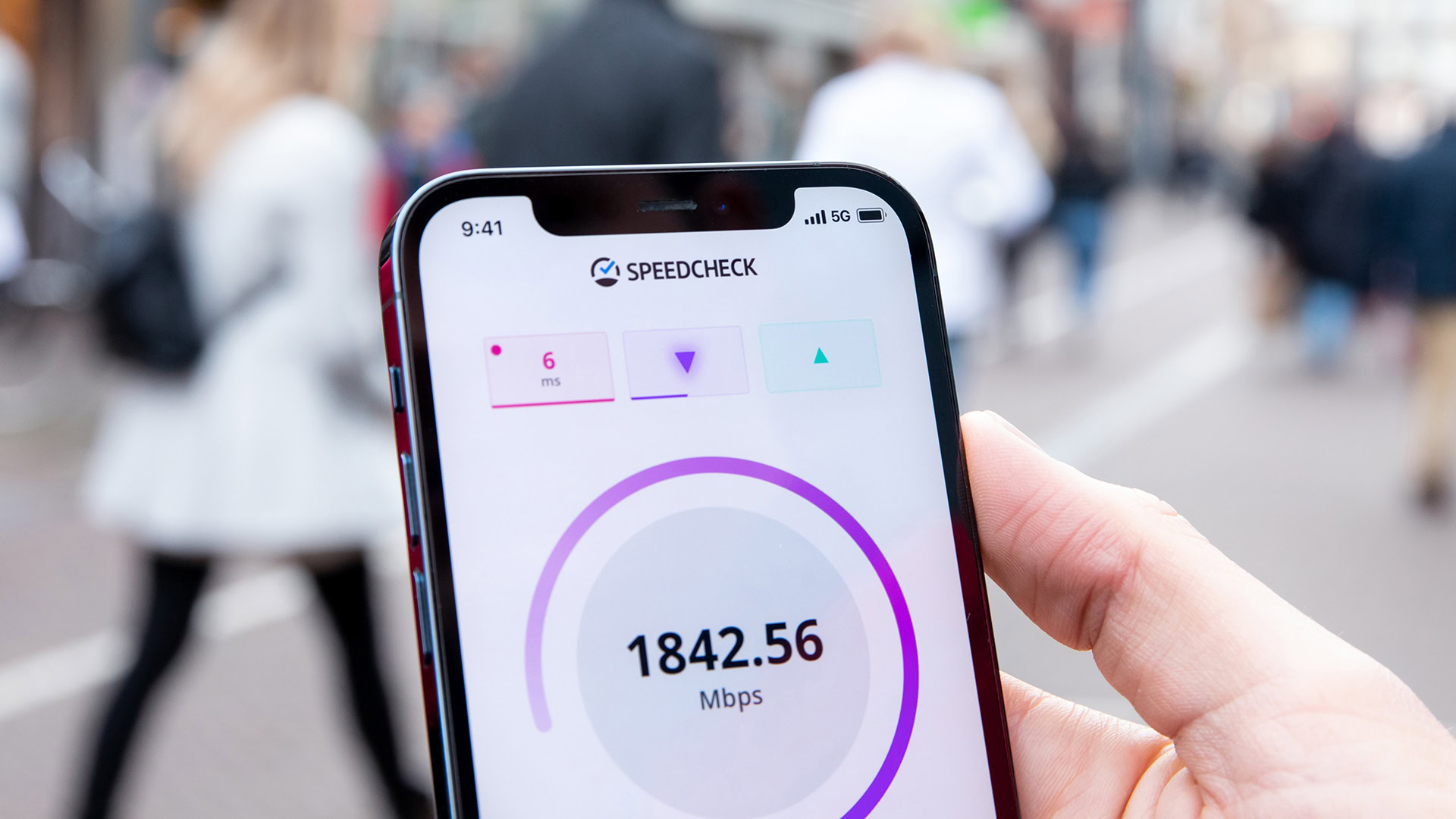Affiliate links on Android Authority may earn us a commission. Learn more.
6G networks: Potential speeds, release window, and more

You might be surprised to learn that the telecommunications industry has already started working on 6G — the next-generation mobile network. Indeed, even though 5G hasn’t reached all of us yet, we’re starting to learn about the next big leap that could unlock new smartphone use cases. It’ll ultimately be a few years before 6G becomes a global standard, but companies like Apple, Samsung, and AT&T have already invested significant resources into research and development.
So in this article, let’s take a closer look at 6G mobile networks, how they differ vs 5G, and what improvements they might bring along.
What is 6G?

6G stands for the sixth generation of mobile networks and is the eventual successor of the current-gen 5G standard that only made its way to most of us. As with previous generations of mobile networks, 6G is expected to deliver faster speeds and lower latencies. Initial 6G tests have yielded download speeds in excess of 200 gigabits per second, albeit under controlled lab conditions. Even if individual smartphones won’t achieve those speeds, it’ll help alleviate congestion in crowded areas like sports stadiums and concerts.
We don’t expect 6G to launch commercially until the late 2020s or even early 2030s. However, dozens of telecom and communications-adjacent companies have already shown interest in developing and shaping 6G.
Work on 6G is already well underway, even if it won't release for a few years longer.
The development of new telecom standards has also become a matter of national interest and pride. In February 2024, China Mobile announced it had “launched the world’s first satellite to test 6G architecture”. With Huawei and ZTE equipment banned in many Western countries, companies like Ericsson, Nokia, Samsung, and LG are all working to capture a slice of the eventual 6G market.
How does 6G work and how does it differ vs 5G?

Lower frequency bands that have been in use since the 2G and 3G eras have become increasingly crowded, motivating an industry-wide push into higher frequencies. Like how 5G used new mid-band and mmWave frequencies, upcoming 6G networks will further lean into this trend.
In an ideal world, we’d use higher frequencies to transmit all kinds of data for faster speeds and lower latency. But if you’ve ever tried using your Wi-Fi router’s 5GHz band, for example, you’ll know that higher frequencies suffer from shorter ranges because of their inability to penetrate obstacles like walls and even tree cover. Notably, 5G already uses significantly higher frequencies than your average Wi-Fi router, so much so that mild atmospheric conditions can affect signal quality.
6G proposes moving into higher frequency bands such as the sub-terahertz (THz) or hundreds of GHz range. For reference, mmWave 5G bands occupy the 24 to 40GHz frequency range. And as a side note, only a handful of premium smartphones support these higher 5G frequencies.
6G will take advantage of the previously unused Terahertz spectrum for faster speeds.
In September 2023, LG announced that it had successfully transferred data over terahertz frequencies over 500 meters. The company stopped short of declaring the speeds it recorded, but it acknowledged that the test took place in the 155 to 175 GHz range. As for the range challenges, the Korean electronics company worked with the Fraunhofer Heinrich Hertz Institute (HHI) in Berlin to develop a “a power amplifier capable of increasing transmission strength, and a receiver low-noise amplifier that improves incoming signal quality.”
While hundreds of gigabytes per second through terahertz frequencies may sound impressive, anyone following the current global rollout of 5G will know that mid-band frequencies offer significant benefits as well.
To that end, 6G is expected to utilize the 7 to 20 GHz range, above the current 5G sub-6GHz frequencies. The 3 to 5 GHz spectrum has almost single-handedly improved average download speeds in the US since 2021, so even incrementally higher frequencies could make 6G a game-changer on everyday devices like smartphones.
Why do we need 6G and when will it release?
Under the right circumstances, real-world 5G speeds can already approach and exceed the elusive 1 Gbps threshold — especially when connected to a mmWave network. This raises an important question: why do we need to go any faster? The simple truth is that nobody knows, but telecommunication companies try to be one step ahead of new advancements and technologies that may take advantage of faster speeds and lower latencies.
Take research company Nokia Bell Labs’ justification for 6G as an example. They posit:
While the smartphone will remain a key device in the 6G era, new man-machine interfaces will make it more convenient to consume and control information. Touchscreen typing will gradually get replaced by gesture and voice control. Devices will come embedded into clothing and even transform into skin patches. Healthcare will be an important benefactor as wearables facilitate 24/7 monitoring of vital parameters.
It’s hard to imagine that such futuristic interfaces will exist or take advantage of 6G within the next decade. Nevertheless, 6G’s development will help pave the way for it and reduce the cost of high-speed communication by the time we’re ready to adopt such devices.
